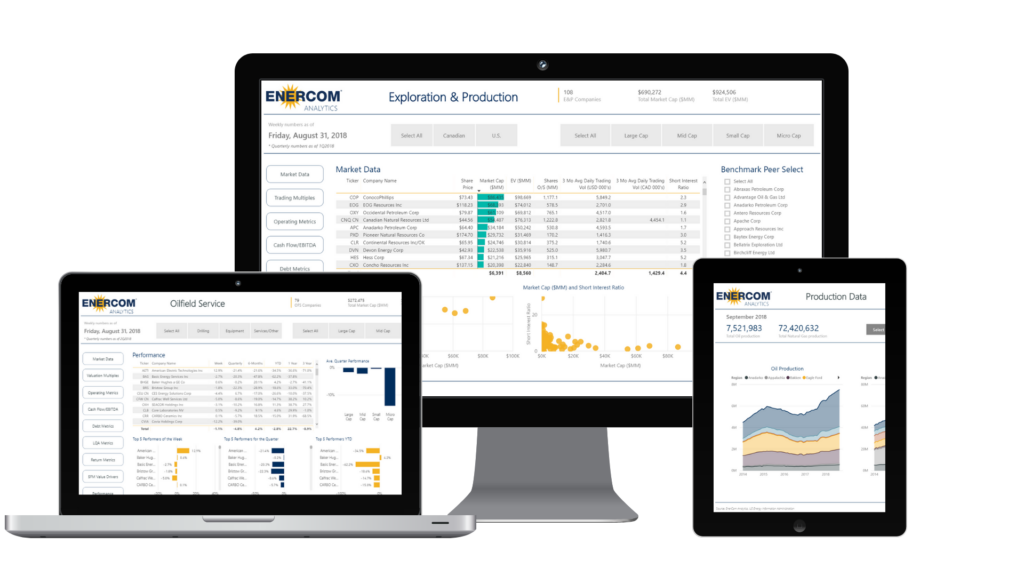The men huddled in the same first-floor conference room as always, only this time they’d decided to make their annual oil bet bigger and bolder than ever before. Fewer than a dozen representatives from three Mexican government ministries and Petróleos Mexicanos, the state energy company, were about to make a wildly contrarian play. If it paid off, the profits would be enormous. And if they were wrong? They would have spent a small fortune in vain.
Almost seven months earlier, at the beginning of January 2008, the price of oil had flirted with $100 a barrel for the first time in history. It retreated to below $90 by the end of the month, but then, in early February, the price took off. West Texas Intermediate, the U.S. benchmark, reached a new high every month—$103.05, $111.80, $119.93, $135.09, $143.67—until finally, in early July, it hit $147.27 a barrel. Seemingly insatiable demand from emerging economies, including China and Brazil, encouraged outrageous chatter of $200 a barrel among the giddiest traders. Even those with bearish outlooks were fairly optimistic, figuring there would be a correction, not a crash.
Yet on July 22, 2008, just 11 days after oil reached its all-time high, this small group of Mexicans gathered to discuss their very different outlook in the ornate surroundings of Mexico’s finance ministry, the Secretaría de Hacienda y Crédito Público. The palace—located on the Zócalo, the capital’s vast main square—had been built centuries earlier atop what once was the home of conquistador Hernán Cortés. On the walls around the main entrance, gigantic Diego Rivera murals depict the country’s history.
When “the men from Hacienda,” as they’re known, headed back to their desks, their mission was to lock in, or hedge, Mexico’s oil revenue through a deal with Wall Street banks. Within minutes they began firing off messages to the oil trading desks of Barclays, Goldman Sachs, Morgan Stanley, and Deutsche Bank. Their instructions were to buy “put” options, contracts giving them the right to sell oil at a predetermined future price, at levels ranging from $66.50 to $87 a barrel. The banks receiving the orders had never seen an oil deal this big. The price tag for the options was $1.5 billion.
From Houston to New York to London, bankers worked against the clock to close the gigantic transaction. It amounted to 330 million barrels, enough to meet the annual oil imports of the Netherlands. Barclays, which was then muscling into the commodity big leagues, did the bulk of the buying with 220 million barrels. Goldman followed, at 85 million barrels.
Betting that oil prices were about to crash was an audacious wager, one made all the more remarkable by the individuals behind the deal—civil servants with unassuming titles such as “director general of fiscal planning.” In the lucrative oil business, a profession known for its generous compensation, these government employees were probably the worst-paid stiffs around. Yet the men from Hacienda—so called still, even though women are sometimes in the room—proved prescient in predicting a crash.
Everybody knew the world was tipping into a financial crisis at the time, but because of its excellent banking and political connections in the U.S., Mexico may well have had special insight into just how bad things would get. What’s more, as one of the world’s top oil exporters, the country generally has better information than, say, hedge funds, about where the market is heading. In 2008, that information led those in the room to believe global supply was well in excess of global demand.
Sure enough, as the banks executed the deal over a five-month period, oil prices tipped into free fall amid the worst financial catastrophe since the Great Depression. In 2009 oil prices would average less than $55, well below the average price of the options of $70.
The key to success behind this huge sovereign oil hedge was moving “quickly, very quickly,” says Gerardo Rodriguez. Undersecretary of finance and public credit at the time, he was one of those in the room; he’s now a managing director at BlackRock Inc.“At the start of the summer we saw that the financial crisis was spreading fast,” he says. “Despite that, oil prices were still high. They were even climbing. We told ourselves, ‘We need insurance, and we need to take advantage of $150 oil prices.’ ”
In December 2009 the four investment banks involved in the deal wired the proceeds of the wager back to Mexico. Official records tracking the money that landed in Account No. 420127 at state-owned Nacional Financiera bank show the tidy sum Mexico made: $5,084,873,500.
Oil hedges aren’t uncommon. Airlines do them to insure against rising prices; U.S. shale producers rely on them to lock in revenue. But no deal comes close to matching Mexico’s annual “Hacienda hedge.” “Mexico is the biggest annual oil deal,” says Goran Trapp, founder of boutique advisory firm Energex Partners and former global head of oil trading at Morgan Stanley. Over the last 10 years, the notional value of the hedge has added up to $163 billion. “It’s the deal that all banks wait for each year,” says Richard Fullarton, founder of commodity fund Matilda Capital Management and a former senior trader at Royal Dutch Shell and Glencore. “It’s so large that it can make or break their year.”
Despite its size, impact, and huge fees, the deal is one that few people, even in the energy industry or on Wall Street, know much about. Painstakingly, the world’s 12th-largest oil producer and its bankers have cloaked the program in secrecy to prevent others—namely trading houses and hedge funds—from front-running Mexico’s orders. “Minimizing its visibility is extremely important,” wrote Javier Duclaud and Gerardo García, two senior officials at Mexico’s central bank, in a 2012 report for the International Monetary Fund.
This is the untold story of how Mexico, as early as 1990, constructed what quickly became the world’s largest and best-concealed oil trade. Bloomberg Markets unraveled the secret history of the Hacienda hedge through dozens of interviews with current and former government officials, traders, brokers, bankers, and consultants, as well as a review of thousands of pages of previously unreported documents, some obtained through freedom-of-information requests in the U.S. and Mexico. Although some people agreed to speak on the record about the deal, others did so only on condition of anonymity because they were discussing a confidential government program.
Mexico’s oil hedge has real economic significance. Until fairly recently, the country relied on oil for about a third of its income, leaving it dangerously exposed to boom-and-bust price cycles. According to current and past government officials, the main purpose of the hedging is not to pad the country’s coffers but rather to protect the federal budget from fluctuations in oil prices.
What’s more, it’s a fiscally responsible exercise that reduces the country’s borrowing costs, says Fabián Valencia, a senior IMF economist in Washington who follows Mexico. “The hedge means Mexico pays about 30 basis points less on its sovereign debt,” he says. Hedging is like buying insurance, says Guillermo Ortiz, who was governor of the country’s central bank from 1998 to 2009: “You buy it hoping you won’t need it.”
For its part, Mexico has shown a Wall Street-style wizardry in trading oil. It usually makes money on its hedges—sometimes a lot of money, as in 2008-09. From 2001 to 2017, the country made a profit of $2.4 billion; its hedges raked in $14.1 billion in gains and paid out $11.7 billion in fees to banks and brokers. (The banks have an additional incentive: They can make money by creating trades of their own that are linked to but separate from the hedge itself.)
So far, Mexico has managed to dodge some obvious risks inherent in deals of this magnitude. “If you get it wrong,” says George Richardson, a senior official at the World Bank, speaking of megahedges in general, “it’s a serious political problem.” The fat fees going to the banks may also end up looking wasteful and may even dissuade other oil-producing countries from engaging in hedges of their own, he says. “Is it worth it to pay the premium rather than, say, build a new hospital?”
If anything, recent results have made the Mexican government look especially good. The country earned $6.4 billion in 2015 and $2.7 billion in 2016. For 2017, the jury is still out. Last summer, Mexico spent just above $1 billion buying put options with a floor price of $38 a barrel. If prices stay where they are now, hovering around $50 a barrel, the men from Hacienda won’t make any money, but if prices drop on average below $38 a barrel, they’ll start to. We won’t know the outcome until December.


